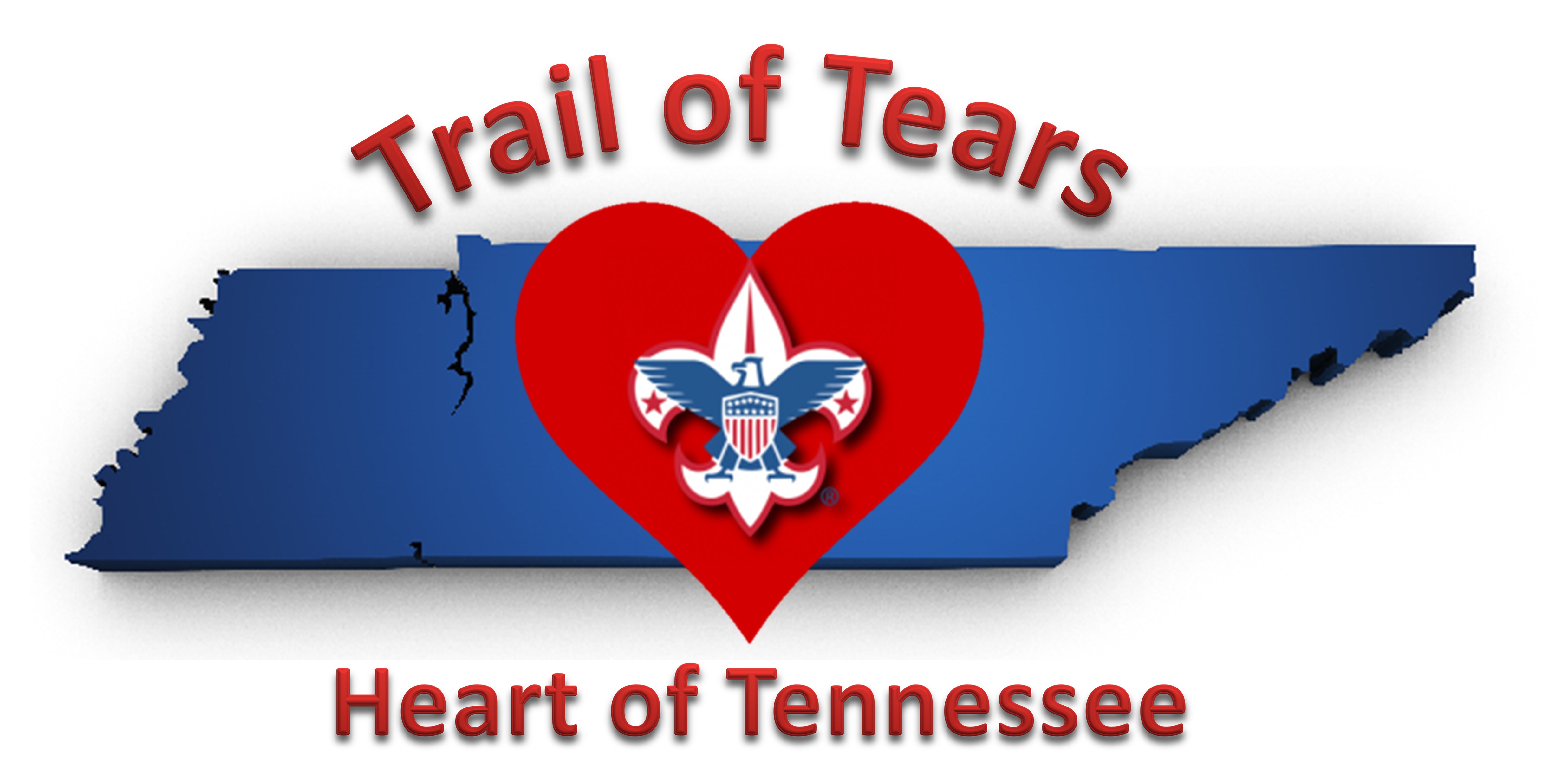
Avalanches are a serious concern for all travelers whose outings take them into snowy, mountainous regions. An avalanche occurs when snow breaks loose on a slope, or when a cornice of snow collapses and tumbles down. Large avalanches can carry away trees and tents, and even a small snowslide can bury a person caught in its path.
Your greatest protection against avalanches is knowing where, how, and when they are likely to happen and then planning routes that take you elsewhere. Indicators of danger include the following:
Signs of previous avalanches
- Steep terrain—avalanches usually happen on slopes of 40 to 60 degrees.
- Accumulations of new snow—it takes a while for fresh snowfall to consolidate enough to stabilize.
- Variations in the quality of snow layers, especially if one or more layers are airy, granular, or in slabs—a weak layer in the snowpack can allow layers above to break loose and slide.
- Air temperature rising to near or above freezing, causing changes in snowpack stability.
- Sounds that suggest cracking or settling of the snowpack.
Steps to help you prepare for travel in steep, snowy terrain
- Complete an avalanche-safety training course taught by qualified experts.
- Check local avalanche-forecasting networks (operated by weather bureaus and land management agencies) before setting out. The most useful networks are updated at least once a day.
- Choose travel companions who understand the danger of avalanches and will do their part to manage the risk.
- Carry avalanche safety equipment and know how to use it. Battery-powered beacons worn by each group member emit a radio signal that can be picked up by the beacons of others.
Incident response for avalanches
If, despite your preparations and judgment, you see an avalanche roaring toward you and you can’t get out of its path, jettison your pack. Get rid of skis, too, if you are wearing them. When the snow hits, move your arms and legs in a swimming motion to keep yourself upright, and try to keep your head above the surface. As the avalanche slows and begins to settle, push away any accumulation of snow from your face to form an air pocket that will allow you to breathe.
Should others in your party be caught in an avalanche, keep your eye on them as long as you can, and note the exact place you saw them last. Hopefully, they’ll be wearing avalanche beacons so that you can recover them quickly. If not, listen for their voices, probe the area with ski poles from which you’ve removed the baskets, and don’t give up hope. Sturdy short-handled shovels made of plastic or metal can prove invaluable for freeing avalanche victims. People have survived under the snow for 30 minutes before being rescued. Treat avalanche victims for shock and hypothermia. For more on snow shovels, see the chapter titled “Cold-Weather Travel and Camping.”
Be aware!
- Falling rocks pose a danger to unwary backcountry travelers. Loose stones at the base of a cliff might indicate a likelihood of rockfall. If you hear a rock clattering down, or if you accidentally kick one loose, shout “Rock!” to warn those below to take cover.
- Travel in areas with significant risk of avalanche is beyond the scope of this book and calls for more specialized training.
- As with any trek adventure risks, don’t be reluctant to change your plans or postpone a trip when avalanche danger is high. The mountains will still be there for you after conditions have improved.
![]()
Powered by WPeMatico
